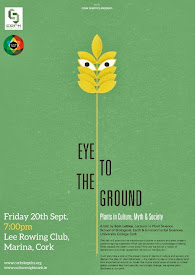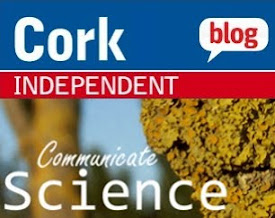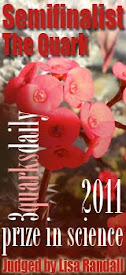Attenborough and that 'national treasure' title
The public poll by the company that runs the national lottery in the UK found that Attenborough beat Stephen Fry (2nd) and Sean Connery (3rd) for first place.
Attenborough, aged 85, is a British broadcasting legend who has become the face and voice of natural history programmes throughout the English-speaking world. His most recent series The Frozen Planet is currently being shown, to high acclaim, on BBC1. His brother, Lord Richard Attenborough also made the list.
"People like animals, they care for the natural world...for those reasons, they are sympathetic towards me. It's no more than that."It's not the first time the presenter has been labelled a 'national treasure' and it's not something that sits well on his shoulders.
"You needn't bother with that" he told one reporter who mentioned the phrase back in 2009. "People like animals, they care for the natural world, they don't like industrial pollution. So, for those reasons, they are sympathetic towards me. It's no more than that."
Prof. Stephen Hawking made it to fifth place on the list. The theoretical physicist is known for his public appearances and scientific books as well as his major contributions to cosmology, quantum gravity and the study of black holes. The scientist has also played himself in episodes of The Simpsons and Futurama.
The full list of British 'national treasures' is:
Sir David Attenborough
Stephen Fry
Sir Sean Connery
Sir Paul McCartney
Prof. Stephen Hawking
Sir Bobby Charlton
JK Rowling
Dame Judi Dench
Sir Tom Jones
Lord Richard Attenborough














































